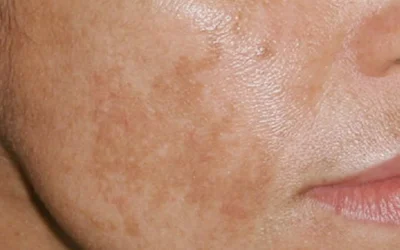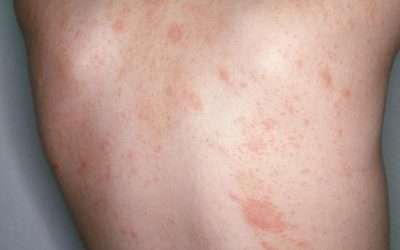Multi-coloured ringworm
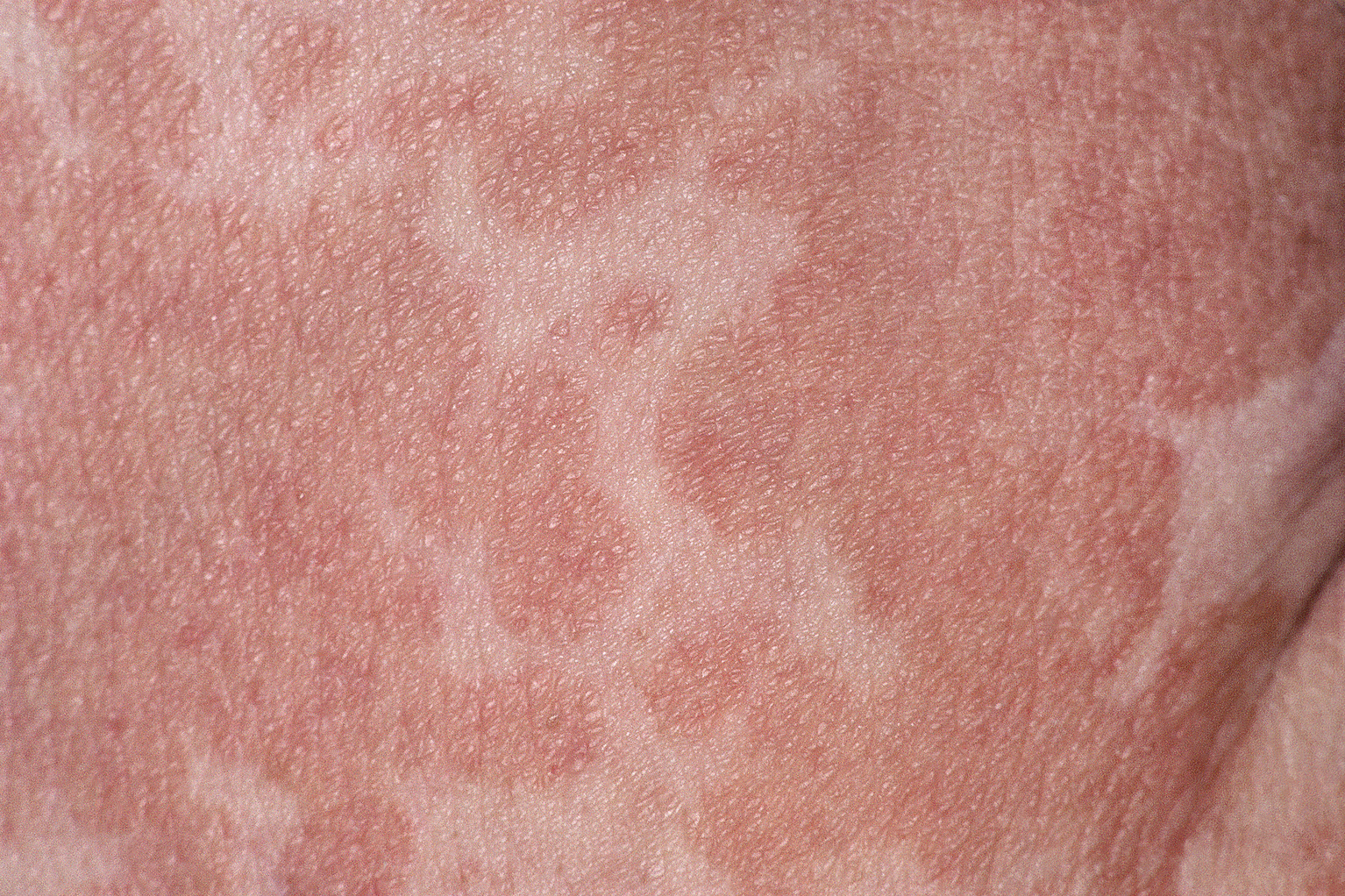
Multi-coloured ringworm is a skin rash caused by a fungus of the Malassezia species, called ‘multi-coloured’ because of the wide range of colours and shades of the rash. About 14 different species of Malassezia fungi can be identified. This is
a normal part of the skin’s microflora, which usually doesn’t cause any discomfort or rashes. The disease is not contagious. It can affect both children and adults.
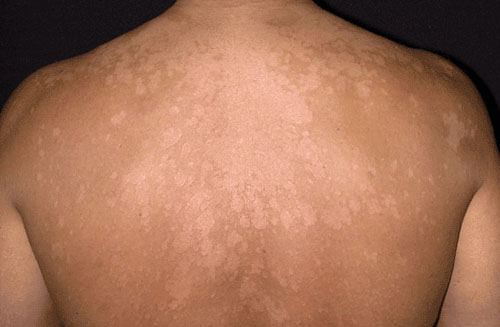

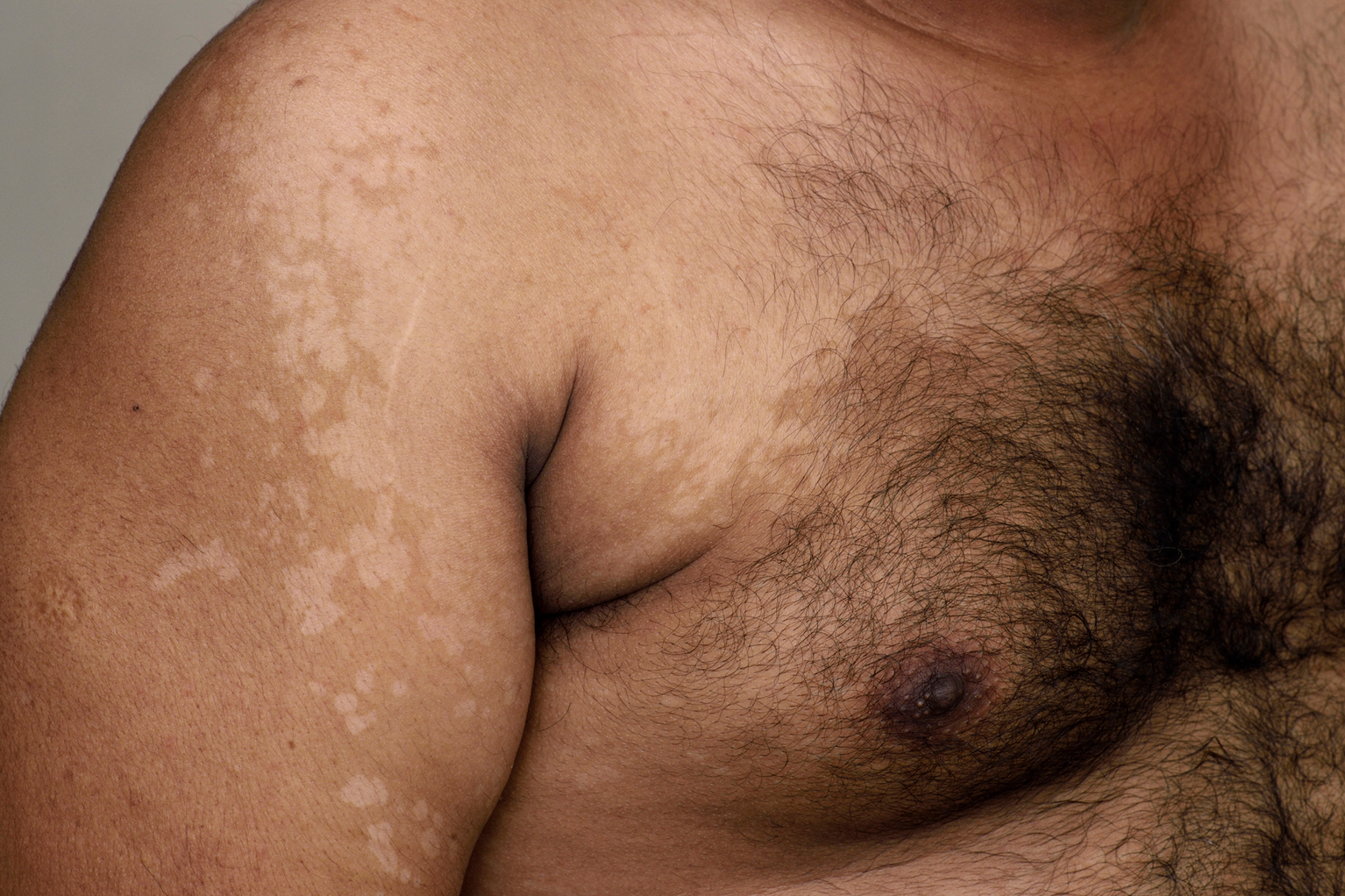

Clinical signs
When conditions are favourable (humid, warm environment, increased sweating, tight synthetic clothing, weakened immunity due to infection) and the fungus on the skin surface increases, the lesions characteristic of multi-coloured dedermatitis appear:
-
- red, brownish or brown, whitish spots and blotches of various diameters
- affected areas may become scaly
- itching is not severe, more common after warming up
- the rash does not burn after sun exposure and gives the appearance of “mottled” skin
- rashes on the neck, back, chest, abdomen, arms and, less commonly, thighs
Diagnostics
Diagnosis is based on characteristic symptoms and clinical signs. Additional tests may be needed if the disease has been left untreated for a long time, leading to symptoms that could be attributed to other skin diseases. In this case, additional tests are carried out:
-
- inspection with Woodhouse lamp
- dermatoscope examination
- microscopic examination of a scratchy, scaly rash for fungal detection
- in rare cases, a biopsy of a skin graft
Treatment
An antifungal cleanser and an antifungal medication to be applied to the rashes. In the case of a prolonged course of the disease, or if the rash is very widespread or recurs frequently, your doctor may also prescribe oral antifungal drugs.
If you notice rashes typical of multicoloured powdery mildew, you can help yourself with an antifungal cleanser if they are not widespread. If the rash persists, we recommend consulting a dermatovenereologist.

Vitiligo – Why Do White Patches Appear on the Skin and How to Treat Them?
Vitiligo is a non-contagious skin condition characterized by white patches due to the loss of pigment. While it does not pose a direct threat to physical health, it can have a significant psychological impact. Learn what causes vitiligo, its symptoms, how it is diagnosed, and which treatment methods are currently available.
Hyperpigmentation: Causes, Types, and Modern Treatment Options
Hyperpigmentation is a common skin condition characterized by dark spots that appear due to sun exposure, hormonal changes, or skin damage. In this article, you will learn about the main types and causes of hyperpigmentation, as well as how to effectively treat it using modern dermatological methods and preventive care.
Pityriasis rosea
An acute, self-limiting, exanthematic skin disease that manifests as itchy, somewhat inflammatory, scaly rashes, usually on the torso, chest, and upper limbs.
iDerma
MB iDerma
Fabijoniškės g. 99, Vilnius
+370 671 33323
info@iderma.lt


